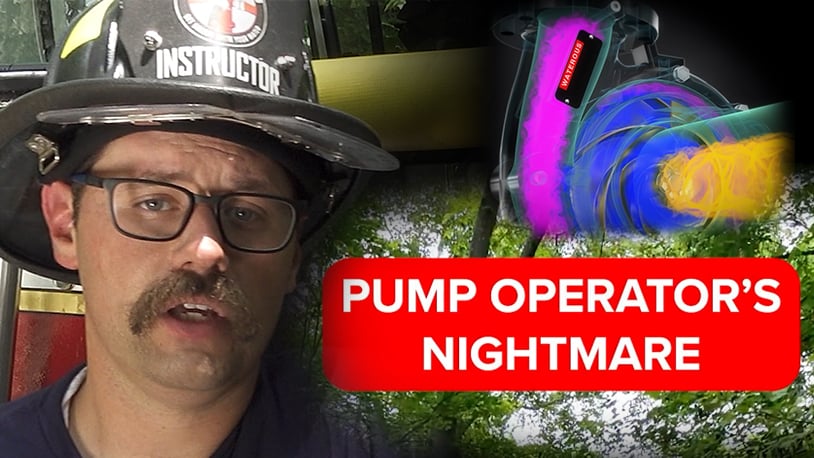Summary: When your primer fails on a rural fire scene, burp drafting can be a lifesaver. By opening your tank-to-pump and tank-fill valves and recirculating water at high speed, you can create enough negative pressure at the pump's impeller to self-prime and draw in water. This keeps operations flowing without delay or external assistance—especially critical when hydrants aren’t an option.
How to Use Burp Drafting When Your Primer Fails
In the middle of a rural structure fire or wildland response, nothing spikes the blood pressure like a pump that won’t prime. If you’ve ever had a primer fail with no hydrant for miles, you know the panic. But there’s a tactic that turns your rig into its own backup plan: burp drafting.
What Is Burp Drafting?
Burp drafting is a self-priming technique using your own booster tank. It’s not magic—it’s physics. You leverage the recirculation of tank water at high velocity to create a vacuum at the impeller eye. That vacuum then draws more water into the pump. If done right, this loop primes your pump without ever touching the primer switch.
Step-by-Step: How to Perform Burp Drafting
1. Open Both Tank-to-Pump and Tank Fill
First things first—get both tank-to-pump and tank-fill valves fully open. This sets up the water pathway so that the loop can start.
Why both? Tank-to-pump feeds the pump, and tank-fill gives it a return path. If only one’s open, you’ll choke the system.
2. Start Recirculating at High RPM
Next, throttle up. You want a fast impeller spin. That high velocity sends water flying out of the pump.
But here’s the key: when water leaves the pump that quickly, it has to be replaced—and that’s where your tank water steps in.
3. Let Physics Handle the Rest
As water exits, the eye of the impeller sees a drop in pressure. This vacuum effect is what starts the self-priming process. The tank water fills the gap, and the cycle repeats:
-
Water leaves
-
Vacuum forms
-
More tank water rushes in
Over time (and usually in under a minute), you’ve got a fully primed pump—and you did it without relying on a mechanical primer or external vacuum.
When Should You Use Burp Drafting?
This isn’t a daily-driver tactic. It’s your oh-no plan when the primary primer fails—especially in rural ops with no hydrants or nurse engines.
Use burp drafting:
-
When your electric or manual primer fails
-
When working off a static water source and you can’t get a seal
-
As a backup during tanker shuttle delays
It’s not a permanent solution, but it can save the scene in a pinch.
Common Mistakes to Avoid
1. Not Opening Both Valves
If you forget to open the tank-fill, the loop won’t complete. No loop = no vacuum = no burp draft.
2. Low Engine RPM
If the impeller isn’t spinning fast enough, you won’t create enough discharge or suction. You’ve got to throttle up to get results.
3. Not Monitoring Water Level
You’re using booster tank water here. Don’t run yourself dry. Keep an eye on your tank level and prep for switch-over once primed.
Why This Works Without a Primer
The pump’s impeller, by design, creates a low-pressure zone at the center (the eye). When water moves fast enough out of the discharge, it leaves behind that low-pressure area—which the onboard tank water rushes to fill.
No electronics. No primer pump. Just movement, suction, and smart use of onboard plumbing.
Final Thoughts
Burp drafting isn’t a flashy tactic. It’s not something that gets taught in every academy. But in rural fireground operations—where Murphy’s Law loves to show up—it’s a tool every firefighter should have in their back pocket. Know it. Practice it. Use it when your primer leaves you hanging.


Comments